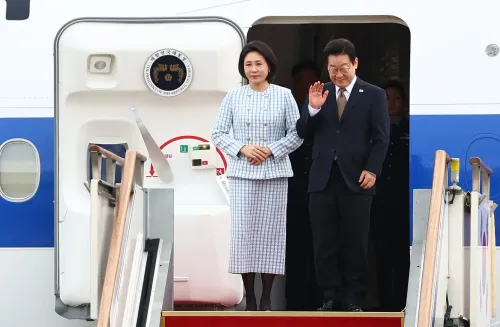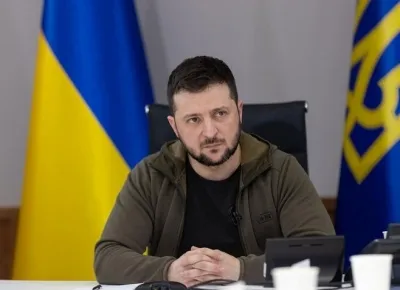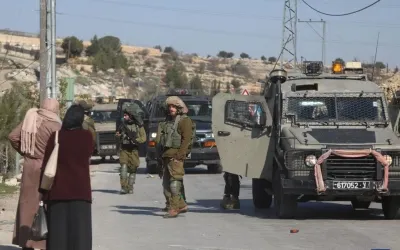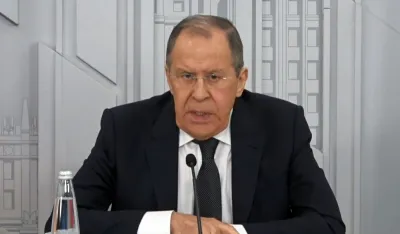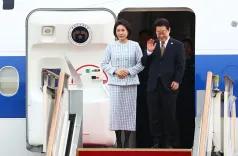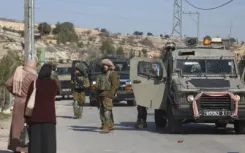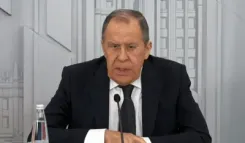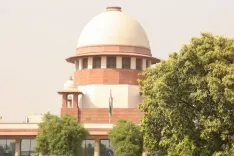Is the PoK Crisis a Result of External Forces?
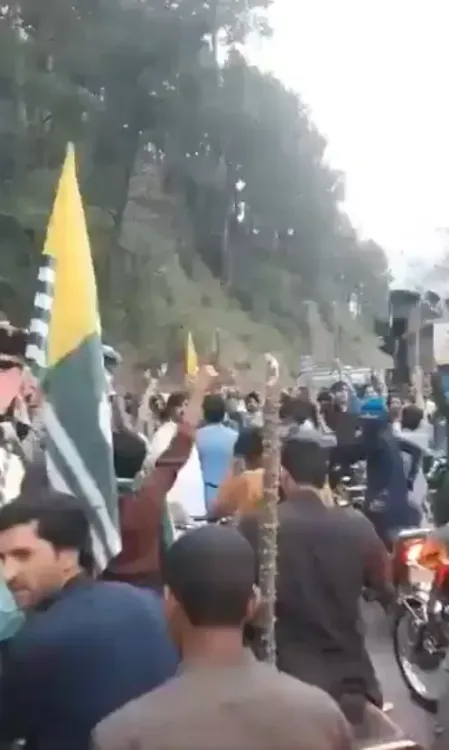
Synopsis
Key Takeaways
- Protests in PoK have resulted in multiple fatalities.
- Government forces have responded with violence against demonstrators.
- JKACC is actively involved in leading the protests.
- Government has invited JKACC leaders for negotiations.
- External forces are being blamed for the turmoil by the establishment.
Islamabad, Oct 2 (NationPress) In light of the grave circumstances unfolding in Pakistan-occupied Kashmir, where multiple protesters have tragically lost their lives due to government force gunfire, it has been reported that the Chief Secretary of PoK has extended an invitation to the leaders of the Jammu and Kashmir Joint Awami Action Committee (JKACC) for discussions. This invitation comes even as the establishment persists in attributing the unrest to 'external forces'.
On October 1, following a call from Shaukat Nawaz Mir, a central leader of JKAAC, supporters and activists from all regions of Pakistan-occupied Kashmir (PoK) conducted a long march towards Muzaffarabad.
In the Kotli district, a complete shutdown was enforced as the government forces obstructed all major entry and exit routes, leading to sit-in protests organized by JKAAC members.
A significant convoy of around 2,000 JKAAC workers from Rawalakote and Bagh also marched towards Muzaffarabad but were met with police gunfire in Dhirkot, resulting in the deaths of four civilians and injuries to approximately sixteen, including local police.
In Muzaffarabad, around 2,000 demonstrators staged a sit-in protest at Lal Chowk in response to the casualties in Dhirkot before relocating to the Muzaffarabad bypass to await incoming convoys. Reports suggest that aerial gunfire and tear gas were deployed by the Pakistani security forces, leading to two more civilian fatalities.
In Dadyal, a convoy of JKAAC workers heading from Chakswari and Islamgarh to Muzaffarabad faced police fire, claiming the lives of two individuals and injuring around ten others.
As the death toll in PoK surpasses a dozen, showcasing the brutal force exerted by Pakistani authorities against their own populace, the Chief Secretary of the PoK government has formally invited JKAAC leaders for negotiations. However, the government also cautioned the JKAAC leadership of severe repercussions should they fail to cease protests.
Interestingly, JKAAC supporters in London have planned a demonstration outside the Pakistan High Commission on October 2.
It is paradoxical that social media platforms loyal to the pro-Pakistani establishment depict these grassroots protests as the influence of foreign entities, rather than engaging in dialogue with the affected communities.
This tendency to attribute internal strife to external forces is not unprecedented. Historically, the Pakistani establishment has consistently blamed every internal disturbance on external influences.
The Tehreek-e-Taliban Pakistan (TTP) insurgency has repeatedly been labeled by Inter-Services Public Relations (ISPR) as “Indian sponsored,” while the armed insurgency in Balochistan is framed under the narrative of “Fitna-al-Hindustan.”
This behavior reflects a continuation of the establishment’s strategy to deflect accountability by shifting blame externally.

